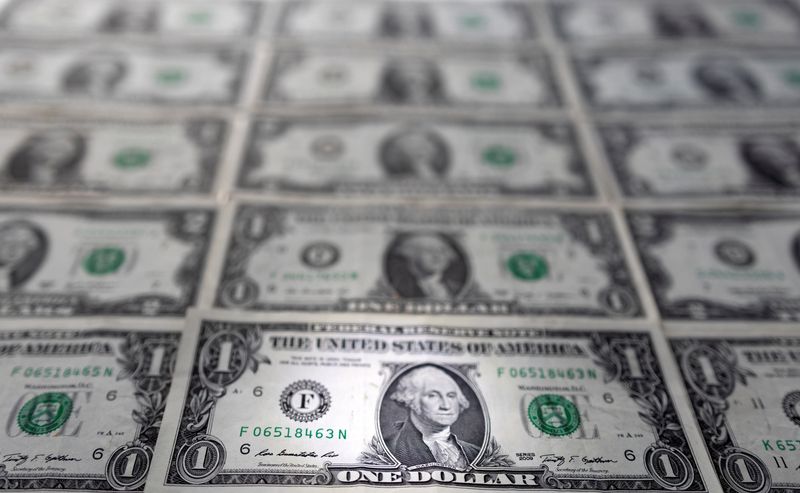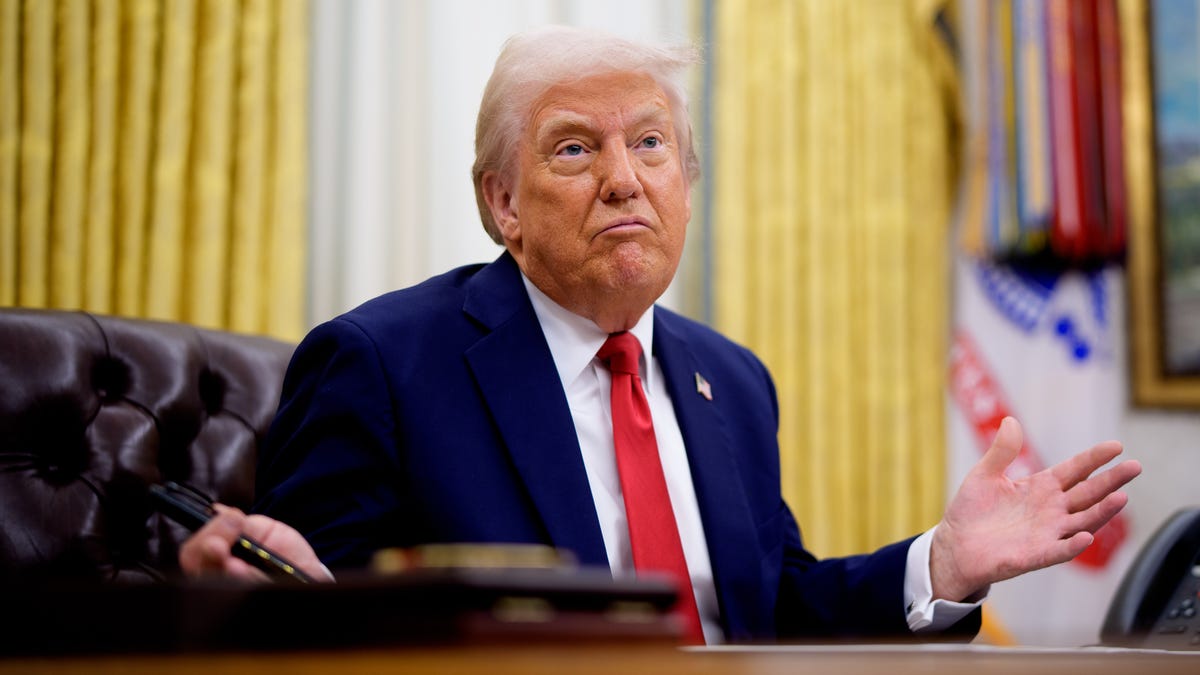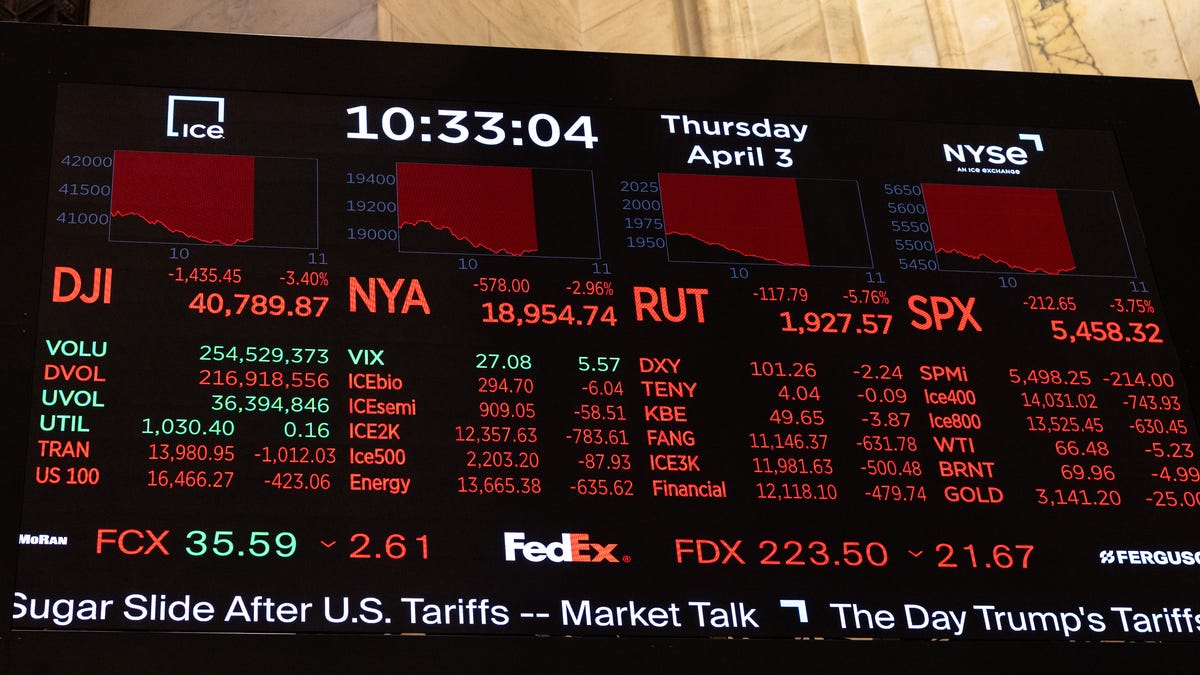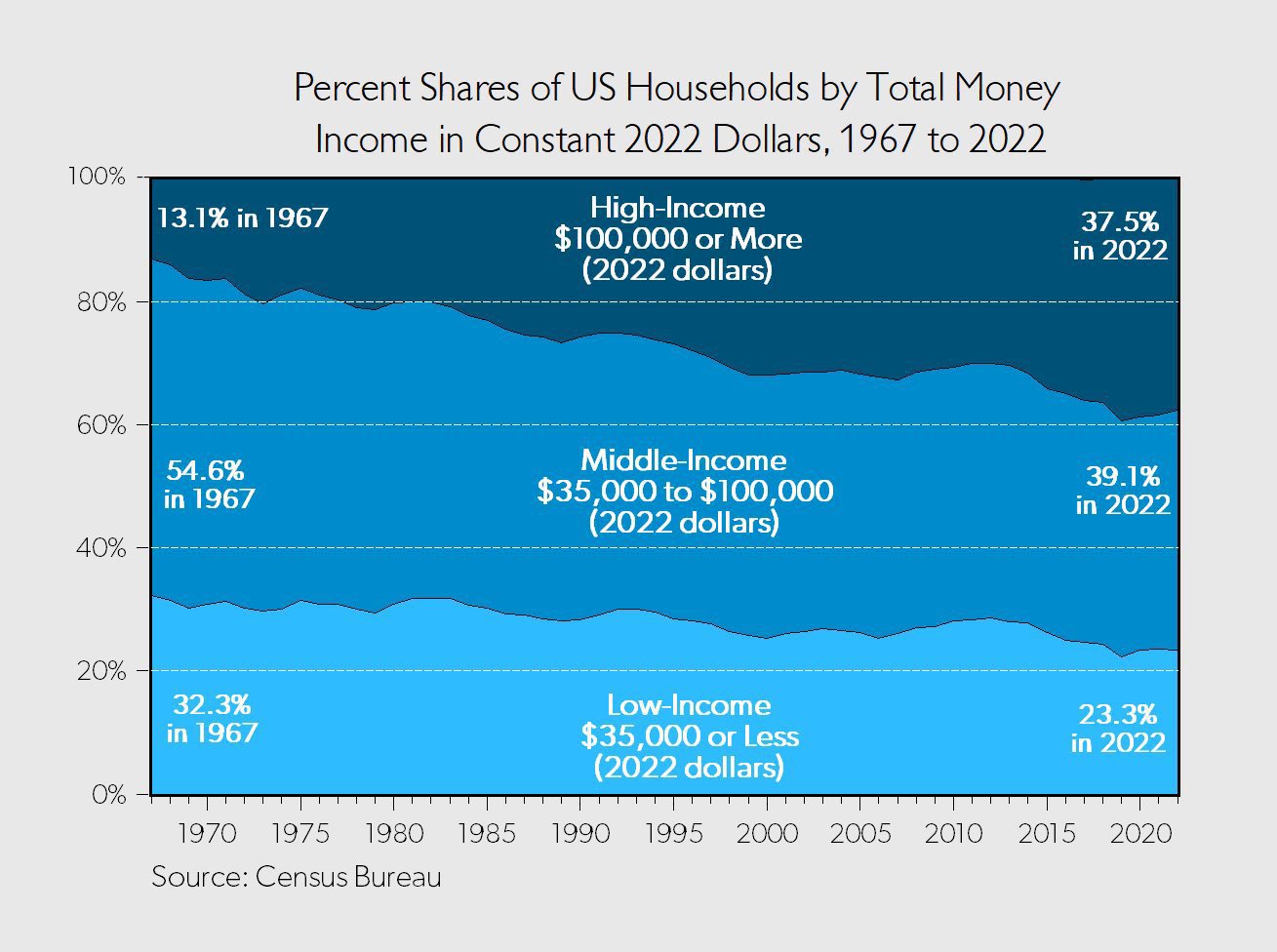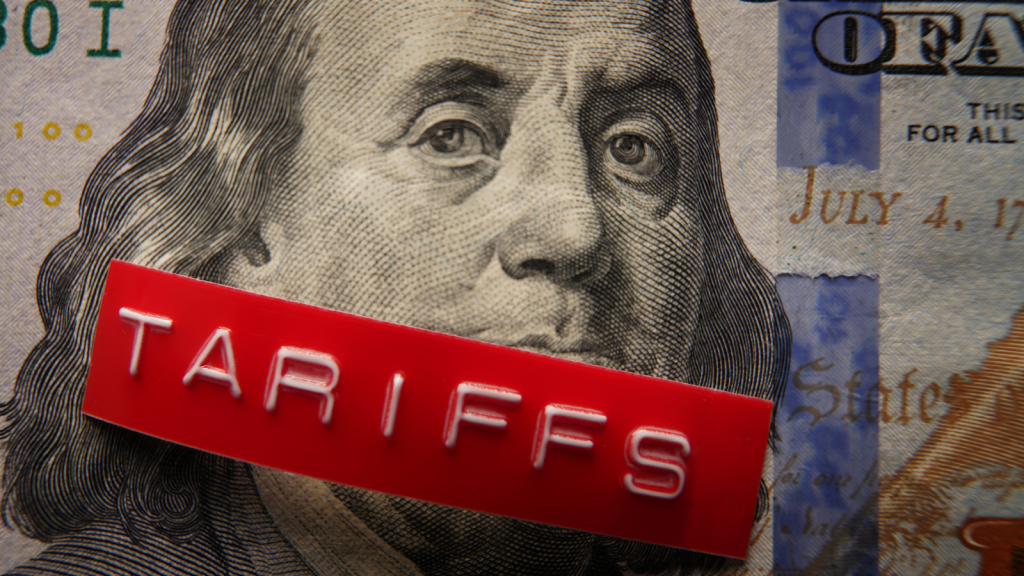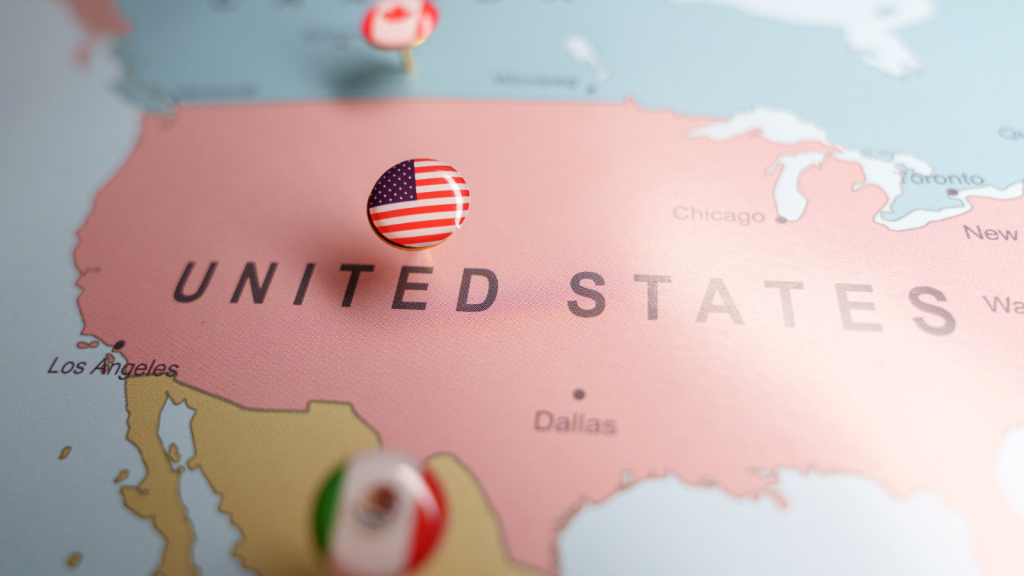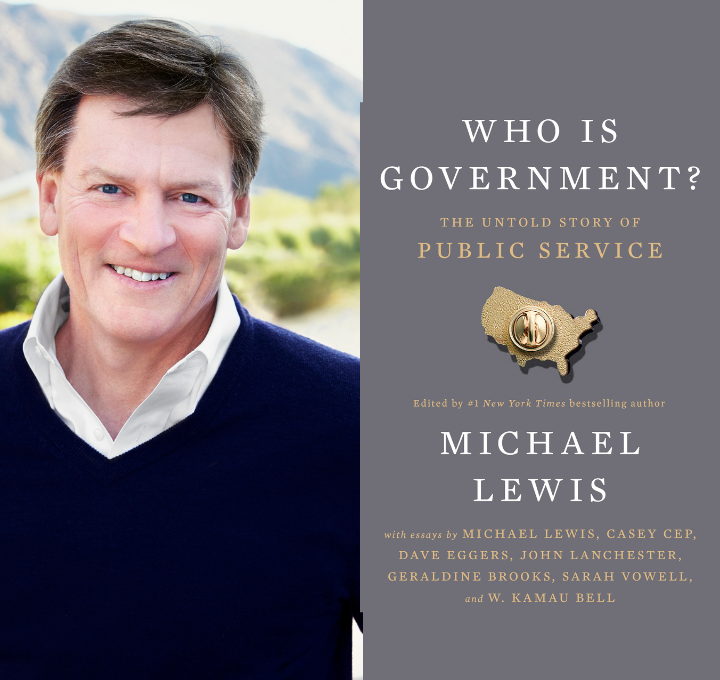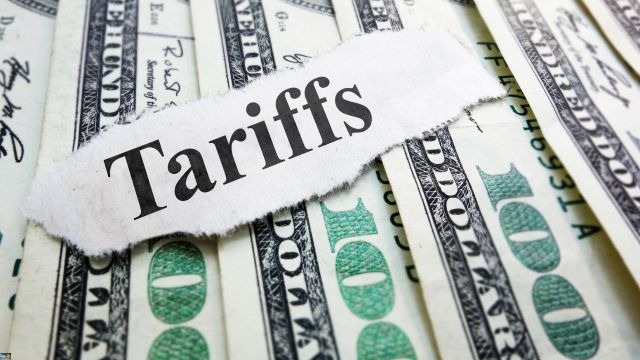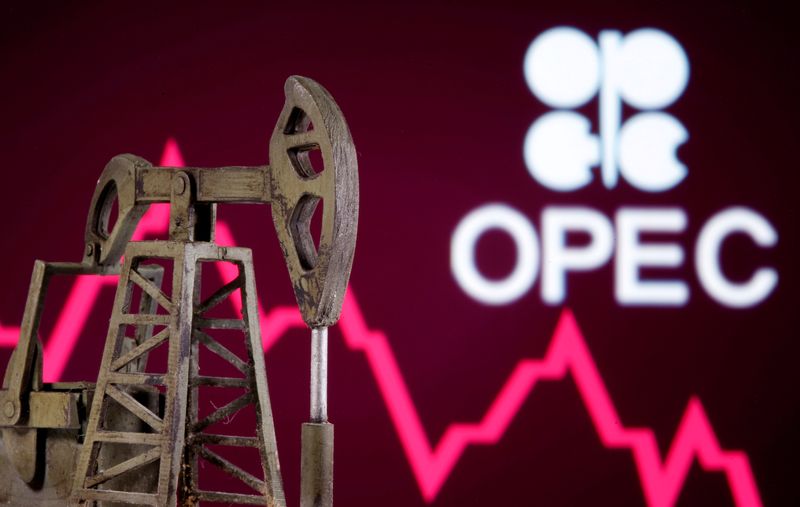Which Countries Will Get Slammed Worst by US Steel and Alluminum Tariffs?
On March 12, 2025, President Trump announced 25% tariffs on all steel and aluminum imports entering the United States. But what will the impact of these broad tariffs be? Will they help or harm domestic production? What about our international allies and trading partners? With so much misinformation about tariffs in the news these days, […] The post Which Countries Will Get Slammed Worst by US Steel and Alluminum Tariffs? appeared first on 24/7 Wall St..
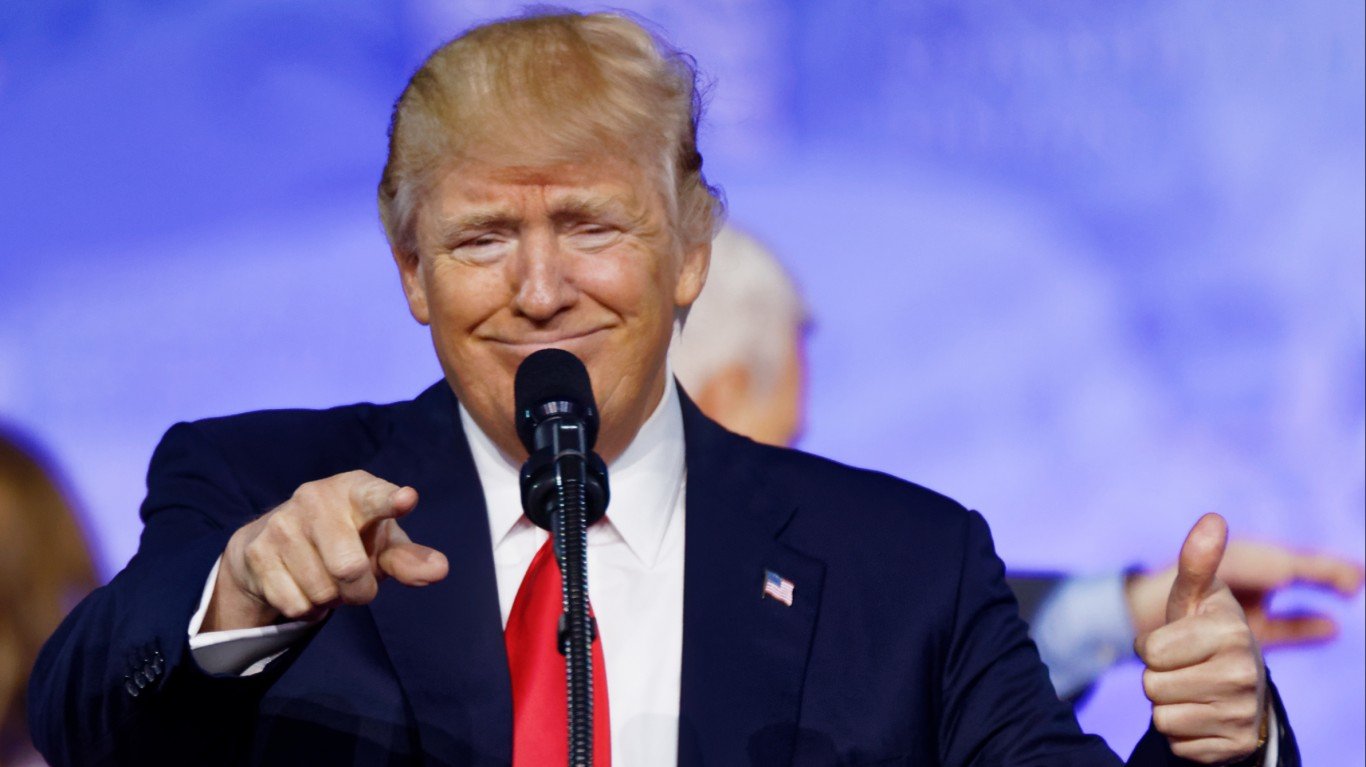
On March 12, 2025, President Trump announced 25% tariffs on all steel and aluminum imports entering the United States. But what will the impact of these broad tariffs be? Will they help or harm domestic production? What about our international allies and trading partners?
Key Points
-
Tariffs always harm both countries and hurt domestic consumers the most.
-
The current steel and aluminum tariffs are causing our trade partners to go to other countries to replace the United States.
-
Are you ahead, or behind on retirement? SmartAsset’s free tool can match you with a financial advisor in minutes to help you answer that today. Each advisor has been carefully vetted, and must act in your best interests. Don’t waste another minute; get started by clicking here here.(Sponsor)
With so much misinformation about tariffs in the news these days, it is important to truly understand how tariffs work and the impact they will have on our economy and the future of our relationships with our foreign trade partners.
Why Are We Talking About This?

It is important to understand how U.S. trade is not an isolated issue, but part of a larger international system of imports, exports, and diplomatic treaties. Nationalism can lead countries headlong into recession and economic stagnation, which is what we are seeing now. By understanding how our nationalistic trade wars impact our economic future, we can hopefully make better voting choices.
The Background on Tariffs
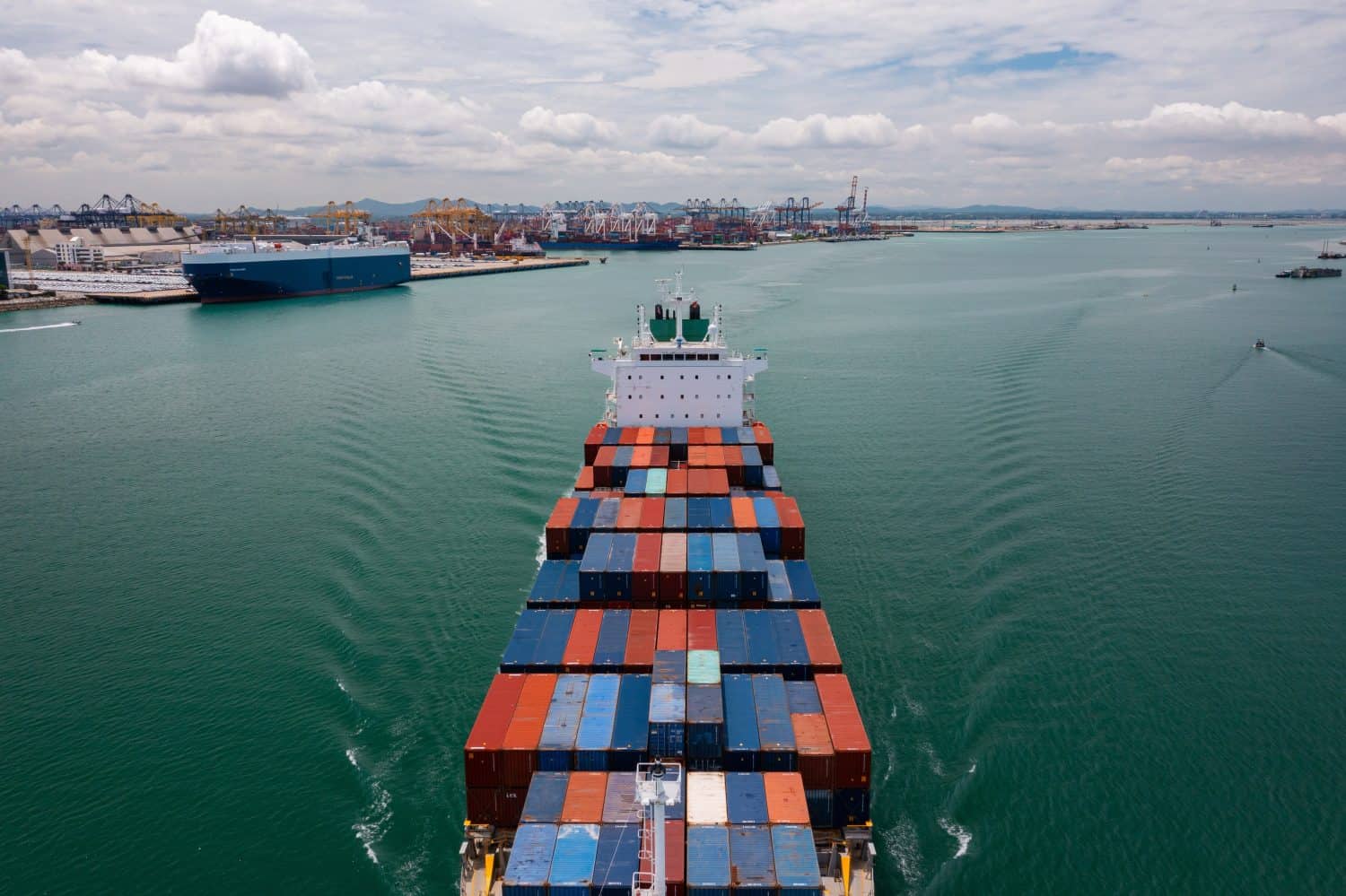
Tariffs are a tax imposed on the import of foreign goods that is paid by the domestic consumer. Experts and economists unanimously agree that tariffs are always self-defeating and end up damaging domestic industry and consumers more than help. It is usually seen that countries with high levels of corruption always impose higher tariffs to protect their business interests.
The steel and aluminum tariffs announced by Trump in March are just two of the various multinational tariffs recently imposed. Shortly after the announcement, the European Union and Canada both responded with their own tariffs while Great Britain, Japan, Australia, and Brazil all loudly criticized the tariffs but did not respond with their own.
Trump had imposed tariffs on these imports during his first term, but they had a few exceptions and were only 10%.
For this article, even though there are various tariffs and new restrictions on our trade partners, we focus only on the steel and aluminum tariffs.
The United States Steel and Aluminum Industry

The United States used to be the world’s biggest producer of aluminum until deregulation and the weakening of labor protections allowed steel producers to outsource their labor and manufacturing to cheaper countries.
In 2023, the U.S. imported over 44% of the aluminum and 26% of the steel it needed, with Canada being the largest exporter of both to the U.S.
Banking and financial services experts that the tariffs being imposed and the ones being announced match the policies outlined in the Project 2025 initiative, specifically targeting countries with high trade surpluses (the countries that provide the most goods to the United States).
Canadian Trade

The trade relationship between the U.S. and Canada is one of the biggest in the world, and the two countries have enjoyed free trade since 1988. It makes up more than one-third of Canada’s economy, and around 70% of all Canadian exports go to the U.S., including vast amounts of energy, cars, and more that the U.S. relies on. It is the largest supplier of steel, aluminum, and energy to the U.S. and supplies around 60% of its oil.
Impact on Canada

The tariffs, alongside Trump’s threats of expansion and annexing Canada, have led to an increase in Canadian nationalism, hostility toward U.S. citizens and propaganda, and boycotts of U.S. products. Cana also imposed its own tariffs on U.S. goods with many targeting Republican states. Anti-Americanism has increased across the country and around 68% of Canadians said they now have a lower opinion of the U.S. and 67% would no longer buy American products. Almost one-third of Canadians now consider the U.S. an enemy.
Canadian legislators are considering tax cuts to help consumers pay for more expensive goods have imposed increased highway tolls for U.S. vehicles and have stopped the sale of U.S. liquor and other products.
Chinese Trade
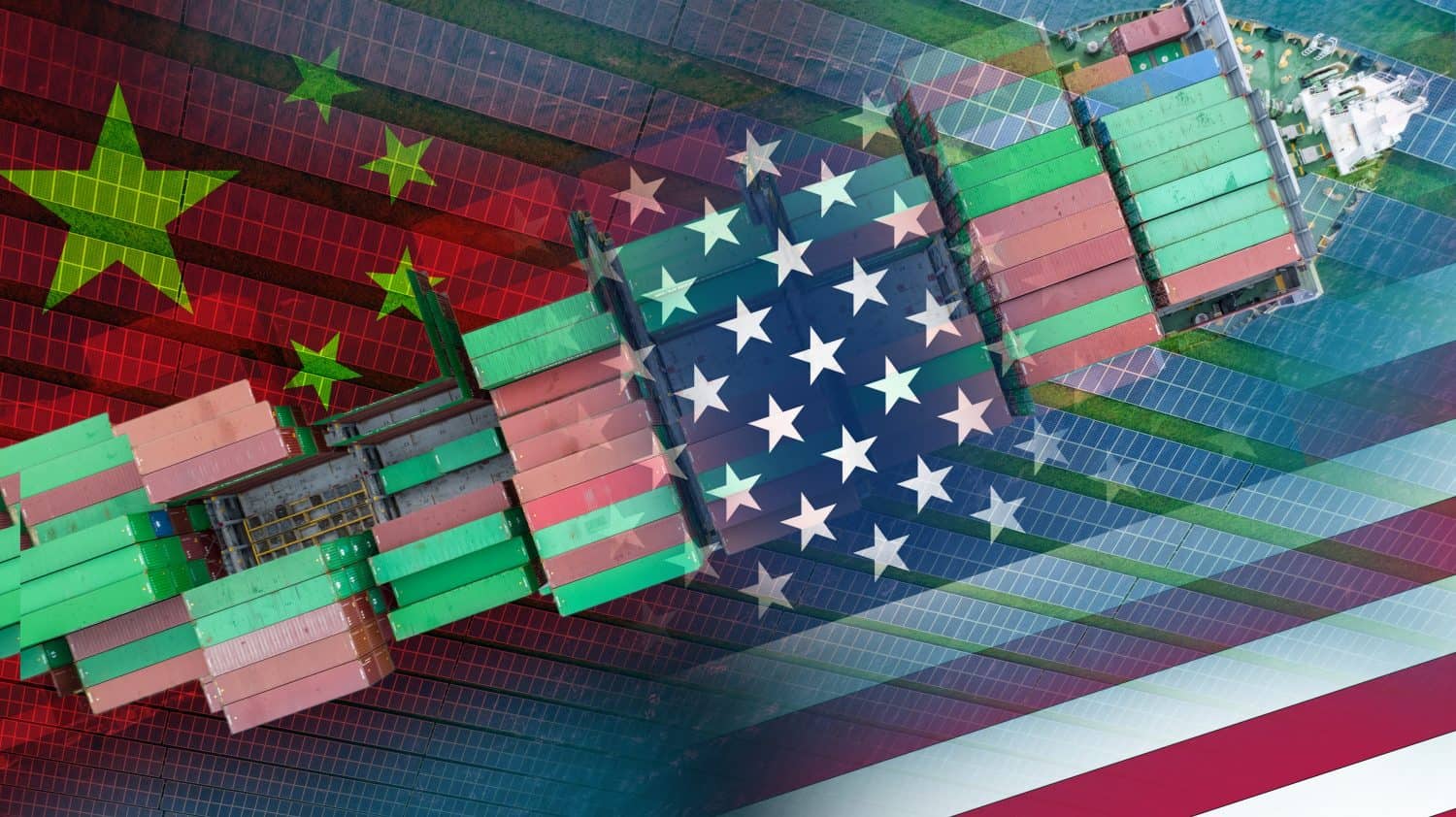
After Trump’s tariffs on China during his go-around as President, the United Nations concluded that the “tariffs on China are economically hurting both countries”. These initial tariffs led to significantly higher costs for manufacturers in the U.S. and much higher prices on any goods using steel in any capacity. Also, farmers in America faced significant financial difficulties.
The Impact on China

In China, the tariffs contributed to a slowdown in the economic growth of the Chinese economy and several U.S. companies moved their manufacturing out of China to nearby countries or shifted their supply chains to exclude China. This has sparked widespread fears that the U.S. and China will “decouple” their economies, leading to much more serious problems in the U.S. and probably leading to a recession.
Because tariffs are a tax imposed on domestic consumers, China lowered its income tax rates and value-added taxes for its citizens. It also implemented tax deductions for various family care services, education, and mortgage interest, more than balancing the higher prices of goods caused by tariffs.
It also lowered tariffs on other countries while raising the tariffs on the U.S. This resulted in a huge increase in the level of trade between China and the European Union, bringing their economies closer together.
In the end, the ongoing trade war has greatly contributed to a rise in Chinese nationalism and has strengthened the Chinese Communist Party in the face of U.S. aggression.
Mexican Trade
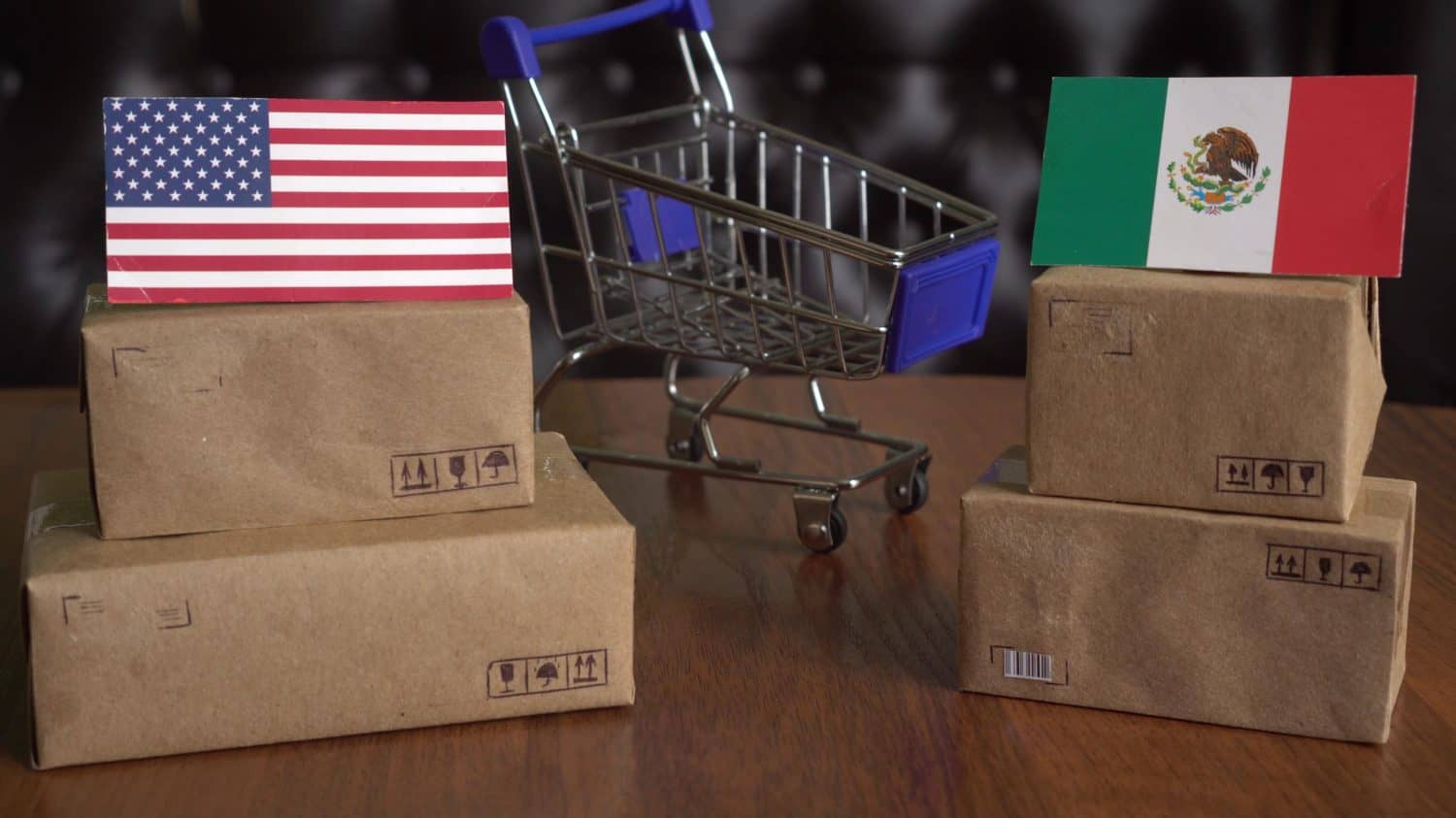
The trade relationship between Mexico and the U.S. is one of the biggest and most integrated relationships in the world. More than 75% of all the exports from Mexico pass through the United States. Gas and oil trade between the two countries is massive and over half the food Americans eat every day is imported from Mexico. It is the third-largest source of steel for the U.S.
The Impact on Mexico

New Mexican president Claudia Sheinbaum entered the office with huge popularity but Trump’s threats and tariffs have only improved her political position and increased her influence. Mexico initially made plans to impose tariffs on American steel, aluminum, cheese, pork, and produce, which would hurt U.S. manufacturers in these areas.
Mexico has also begun talks with other countries, including Canada, in order to improve existing trade and replace U.S. exports. This would exclude the U.S. from one of the most profitable trading regions in the world.
The tariffs have also led to a rise in Mexican nationalism and boycotts of U.S. products.
How Will the Tariffs Impact American Companies?

Economists and experts agree that all tariffs, but the ones on steel and aluminum especially, will harm U.S. companies and U.S. consumers more than they will foreign countries and companies.
The stock market fell after the announced tariffs because businesses and investors knew that these tariffs would increase manufacturing costs, consumer prices, and inflation. Many now fear that the U.S. is headed for a recession, with many experts saying this is the intended result of Trump’s policies.
Will the Tariffs Help American Workers?

In the end, Trump’s tariffs, especially the ones on steel and aluminum, will not help American workers or consumers. Small businesses might end up declaring bankruptcy because the costs of these raw materials will surpass their profit margins. Businesses will leave the U.S. for cheaper countries that do not impose tariffs on their steel and aluminum imports, leading to higher unemployment here at home. Some companies might reduce pay and wages to make ends meet, and combined with higher prices for goods and food, this means that American consumers in every industry will be earning less money while spending more on the things they need.
The post Which Countries Will Get Slammed Worst by US Steel and Alluminum Tariffs? appeared first on 24/7 Wall St..





